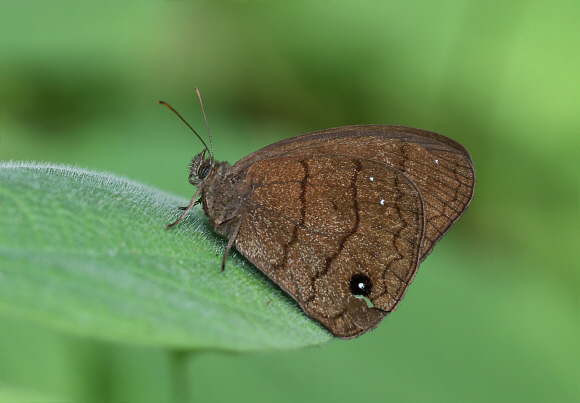
Introduction
There are 1100 known species of Satyrinae in the neotropical region. About 400 of these are placed in the Euptychiina. Butterflies within this tribe include the ‘ringlet’ genera Euptychia, Magneuptychia, Harjesia, Cissia, Caeruleuptychia, Magneuptychia, Harjesia etc; together with Oressinoma and the various ‘wood nymph’ genera i.e. Parataygetis, Posttaygetis and Taygetis. Most are inhabitants of the forest understorey and tend to fly close to the ground. They generally avoid sunlight and prefer to fly at dawn or on cloudy days when light levels and temperatures are low.
There are 22 named species in the genus Forsterinaria, distributed variously from Mexico to Bolivia and s.e. Brazil. It is likely that several more remain to be discovered. Forsterinaria neonympha is distributed from Mexico to Ecuador.
Habitats
The butterfly occurs in cloudforest at elevations between about 1400-2000m.
Lifecycle
The lifecycle appears to be unrecorded, but it is likely to be similar to that of other members of the Euptychiina, in which the eggs are globular, and usually laid singly on or near the foodplants. These according to species may be either grasses, palms or arrowroots. The larvae in common with those of other Satyrines is likely to be green or pale brown in colour with numerous thin paler and darker stripes running along the back and sides.
Adult behaviour
The adults are usually seen singly along open grassy forest roads.
